As regular blog readers will have noted, I seem to have real problems with keeping on track with regard to developing sets of wargames rules. I start to develop a set of rules, take them some way … and then get sidetracked. The ‘push’ to complete an existing set of rules vies with the ‘pull’ of writing a new set … and the new tends to supplant the old.
Sitting in my car in today’s snow-bound traffic jam gave me time to think about this situation. Over the past few years I have designed a series of rules for the late nineteenth and early twentieth centuries. I have been influenced by the work of:
Only time will tell.
Sitting in my car in today’s snow-bound traffic jam gave me time to think about this situation. Over the past few years I have designed a series of rules for the late nineteenth and early twentieth centuries. I have been influenced by the work of:
- Richard Brooks and Ian Drury (the developers of the RED SQUARE games, which led to REDCOATS AND NATIVES and RED FLAGS AND IRON CROSSES);
- Mike and Joyce Smith (who wrote an published TABLE TOP BATTLES - TABLE TOP WARGAMING WITH MINIATURES, which led to WHEN EMPIRES CLASH!);
- Donald Featherstone and Lionel Tarr (whose modern wargames rules influenced the development of RED FLAGS AND IRON CROSSES – TARRED AND FEATERSTONED);
- Joseph Morschauser (author of HOW TO PLAY WAR GAMES IN MINIATURE, which led to several un-named sets of rules for fighting wargames set in the late nineteenth and early twentieth centuries, as well as influencing certain very important aspects of MEMOIR OF BATTLE and MEMOIR OF BATTLE AT SEA); and
- Richard Borg (whose BATTLE CRY and MEMOIR ’44 have led in part to the development of MEMOIR OF BATTLE and MEMOIR OF BATTLE AT SEA);
- The use of terrain that is divided into squares or hexes (and, as a consequence, the measurement of movement and weapon ranges in squares or hexes);
- The use of simple combat resolution systems that either use normal D6s (with a minimal number modifiers) or specially marked D6; and
- Some form of card-based activation system.
Only time will tell.




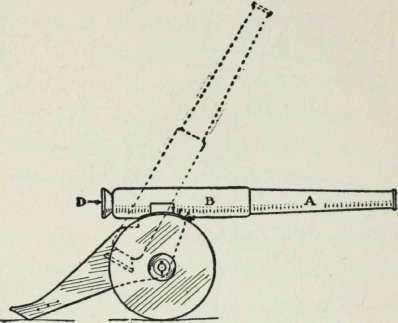

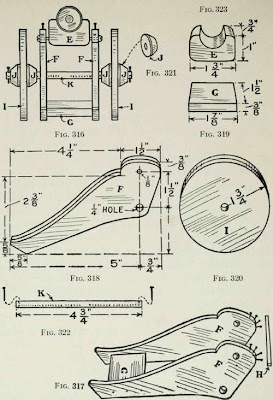



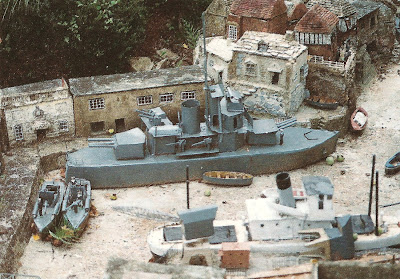
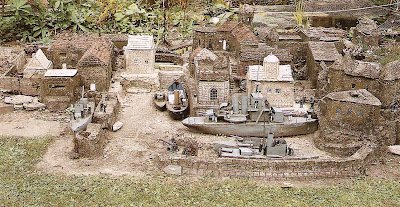
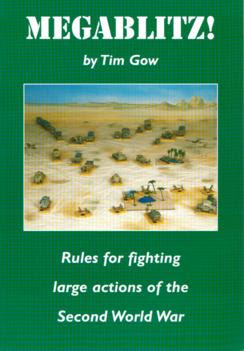
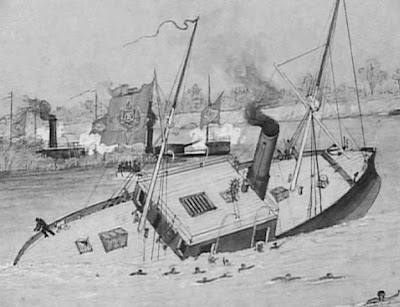
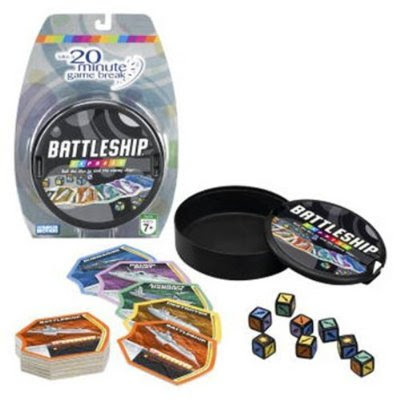






 MILITARY TIMES
MILITARY TIMES









.jpg)

















